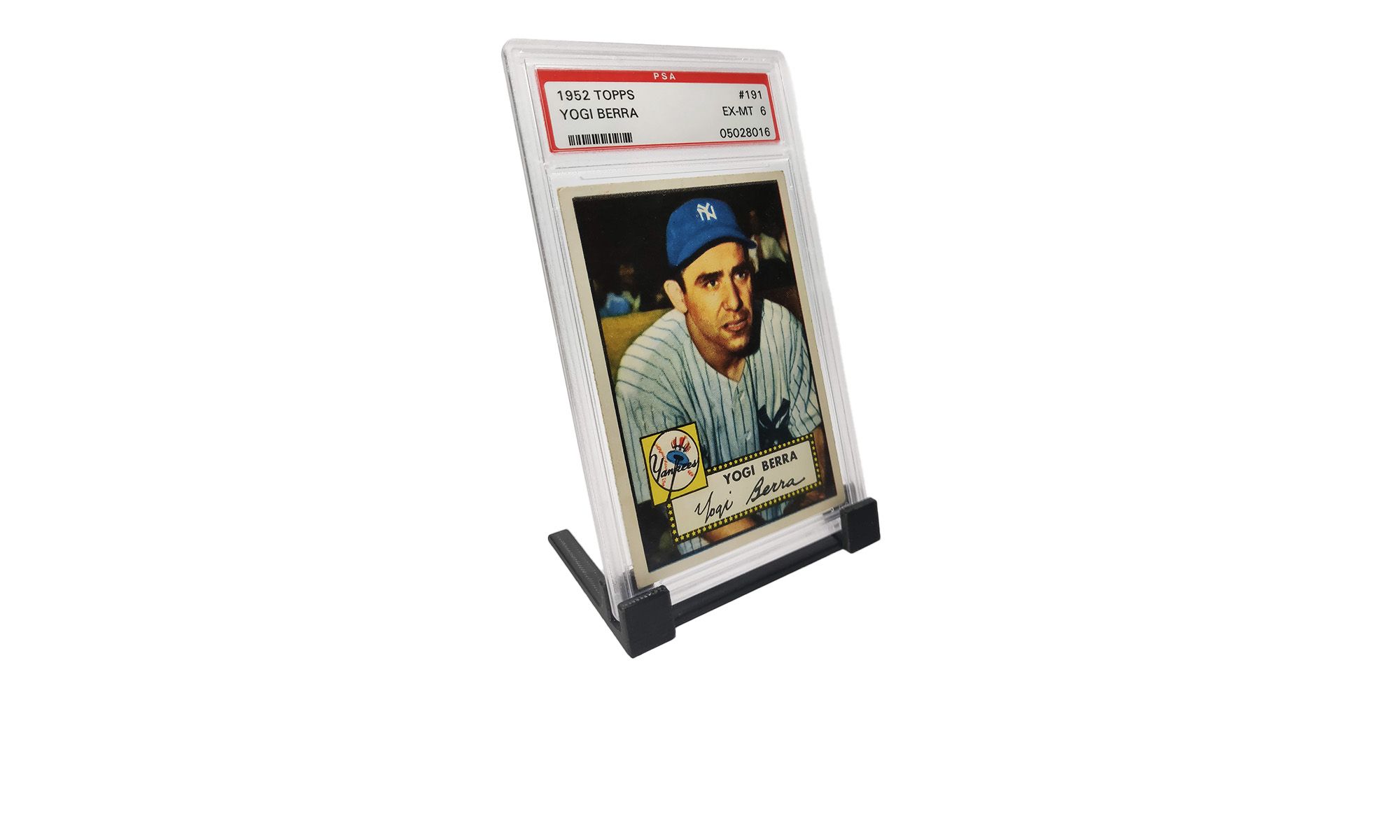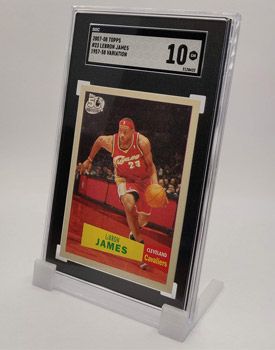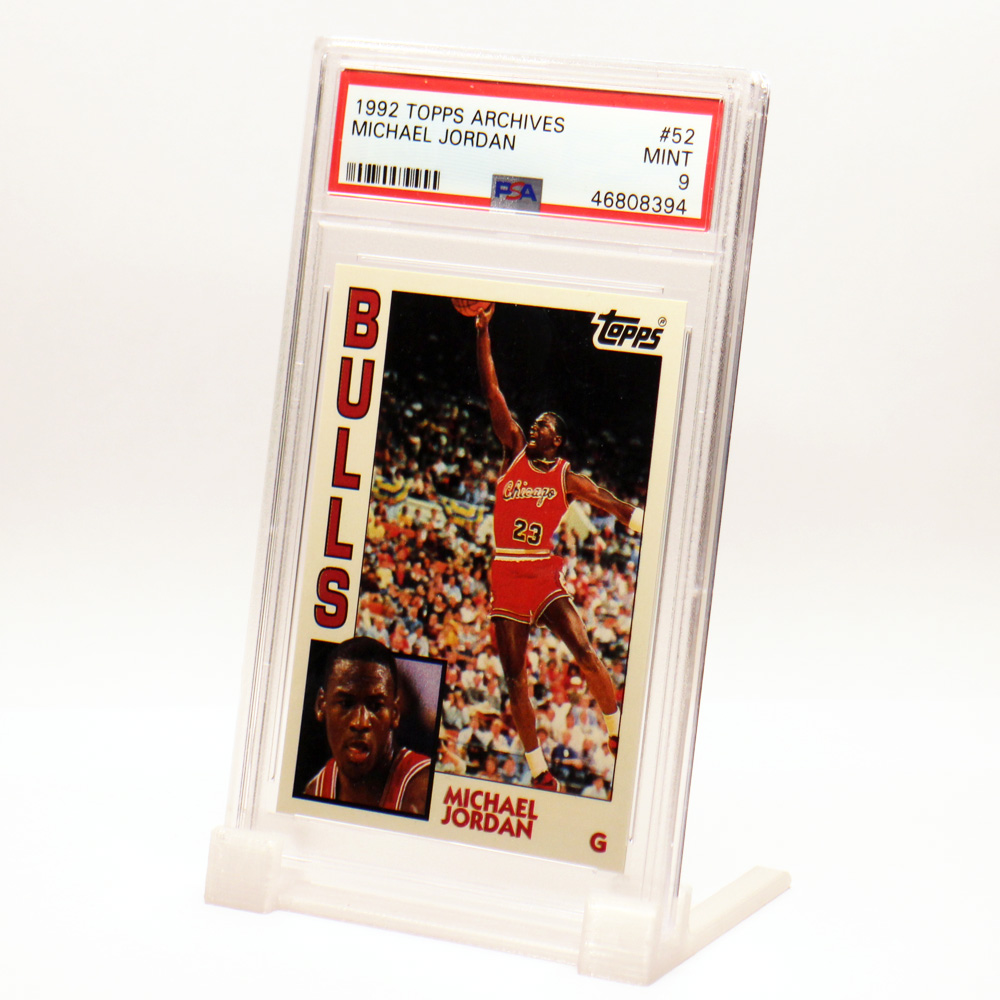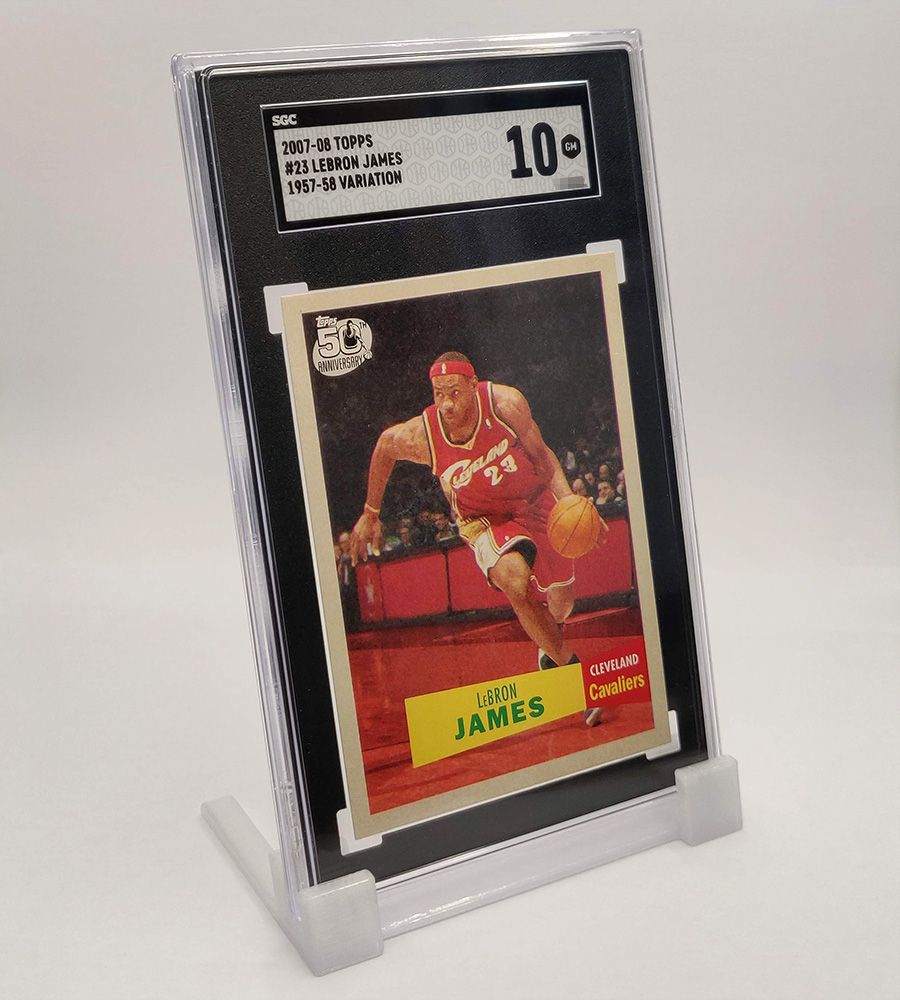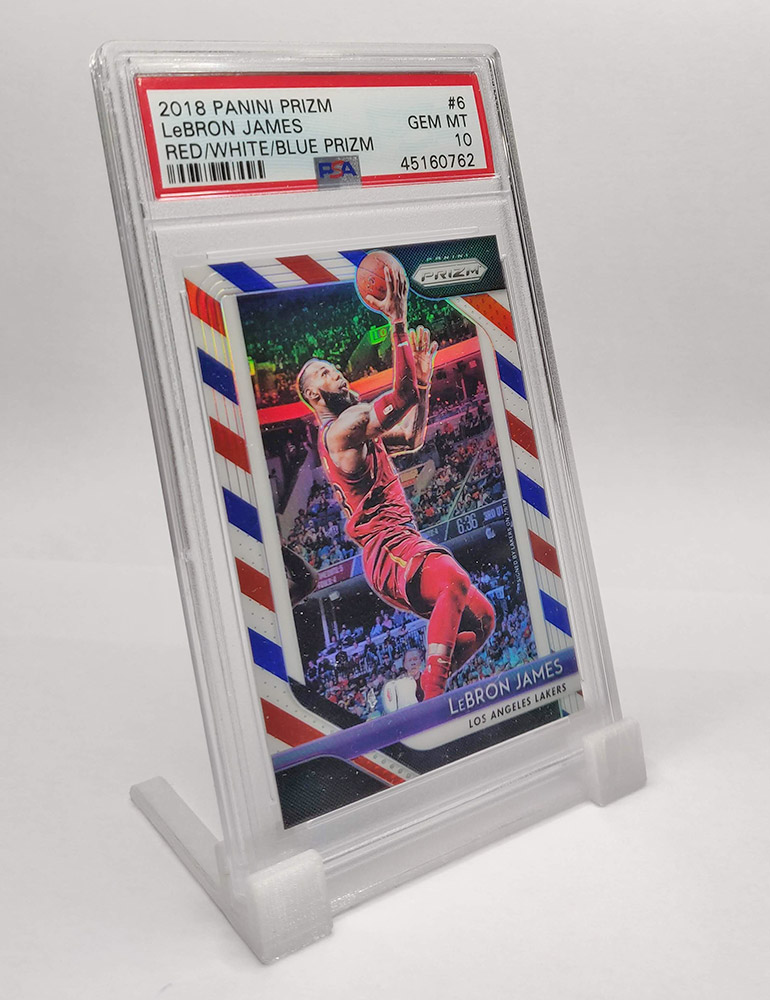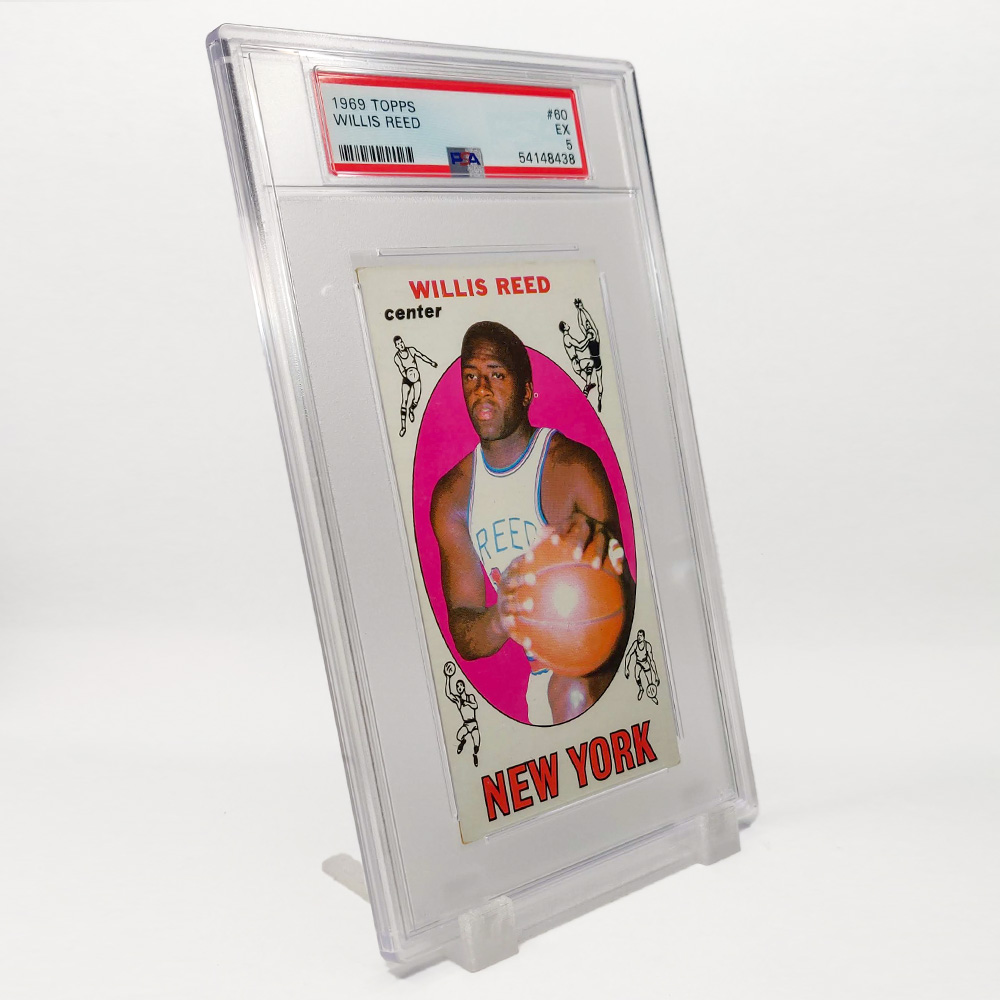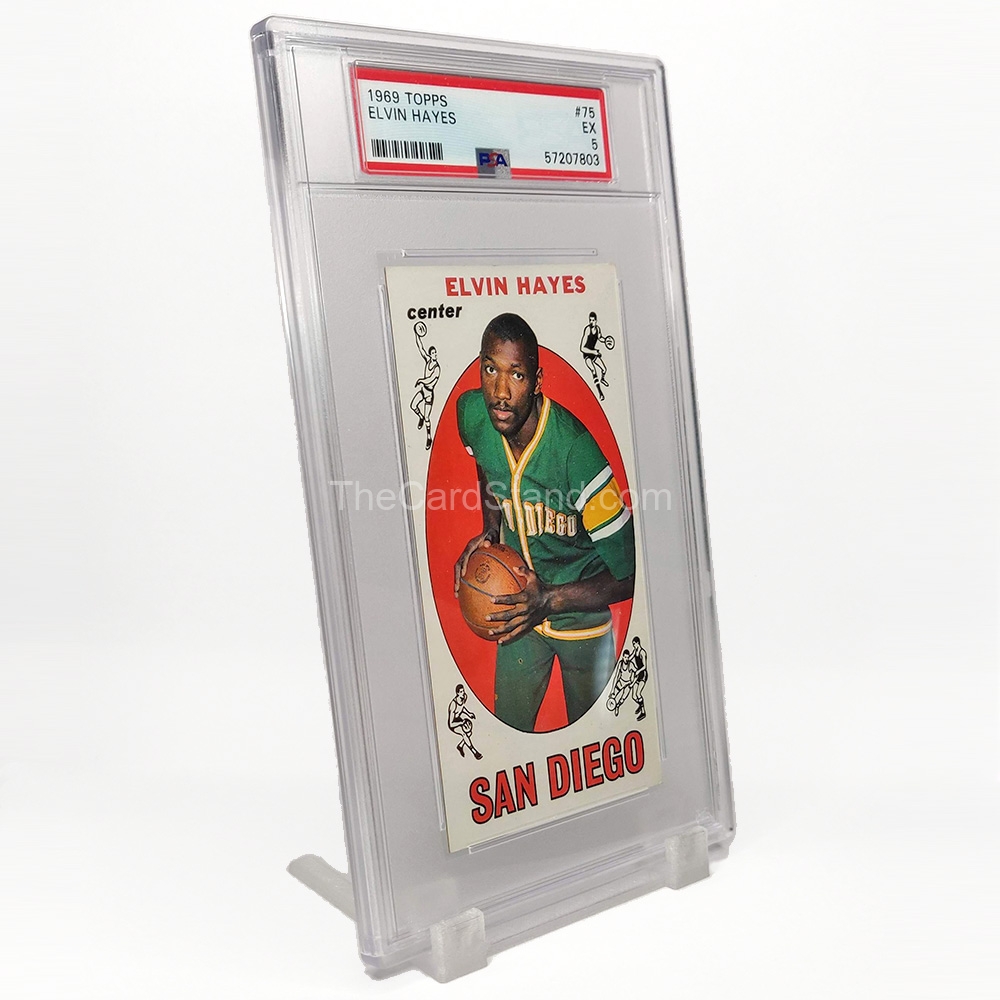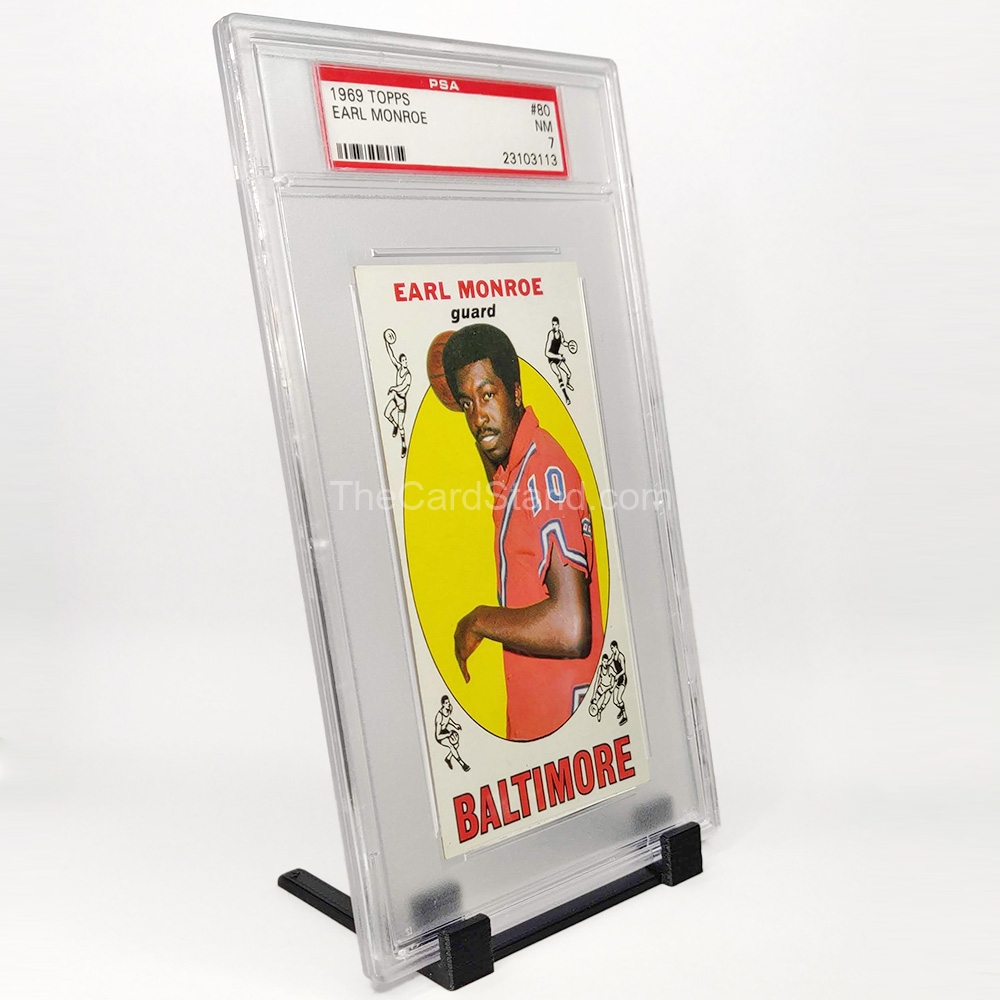The NBA has seen a significant rise in player salaries over the years, with 15 athletes surpassing the $300 million mark in career earnings (including Bradley Beal!). This article highlights some of these top earners, showcasing their financial achievements alongside their on-court successes.
LeBron James: A Financial and Athletic Powerhouse
LeBron James stands at the pinnacle of NBA career contract earnings, amassing over $500 million throughout his illustrious career. It’s laughable to think of when his mom was criticized for getting him a GM Hummer truck in high school. His journey began as the first overall pick in the 2003 NBA Draft, and he has since become a four-time NBA champion and a perennial All-Star. Beyond his on-court achievements, James has secured lucrative endorsement deals and ventured into successful business endeavors, further solidifying his status as a global icon. talkSPORT
Kevin Durant: Scoring Titles and Financial Milestones
Kevin Durant has accumulated over $400 million in career contact earnings. Known for his scoring prowess, Durant has won multiple NBA championships and MVP awards. His career has included significant contracts with teams like the Oklahoma City Thunder, Golden State Warriors, and Brooklyn Nets. Off the court, Durant has diversified his income through endorsements and investments in various business ventures. talkSPORT
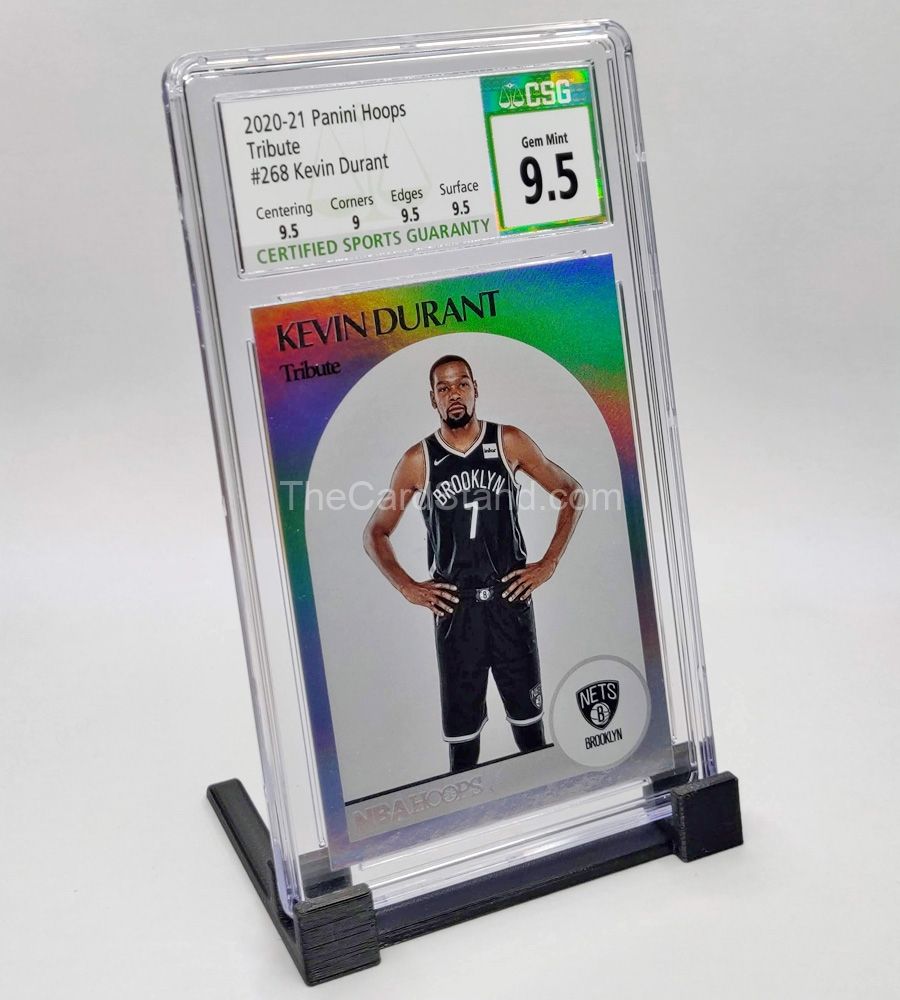
Stephen Curry: Revolutionizing the Game and Reaping the Rewards
Stephen Curry, renowned for transforming the NBA with his exceptional shooting ability, has earned over $400 million in career contracts. A two-time MVP and multiple-time NBA champion with the Golden State Warriors, Curry’s influence on the game is profound. His financial success is complemented by substantial endorsement deals and a recent contract extension worth $62.6 million, reflecting his value both on and off the court. The US Sun
James Harden: Offensive Mastery Leading to Financial Success
James Harden has surpassed $300 million in career contract earnings. Starting his career with the Oklahoma City Thunder and later becoming a standout player for the Houston Rockets and Brooklyn Nets, Harden is celebrated for his offensive skills, including being a multiple-time scoring champion and MVP. His substantial contracts and endorsement deals have significantly contributed to his financial achievements. spotrac.com

The Financial Landscape of the NBA
The substantial earnings of these players highlight the NBA’s financial growth and the increasing value of elite talent in the league. Factors contributing to these rising salaries include a strong collective bargaining agreement by the NBA players union (NBPA), lucrative television deals, global popularity, and the players’ influence extending beyond basketball. As the league continues to expand its revenue streams, player salaries are expected to reach even greater heights, with projections suggesting that future stars could become the first $100 million-a-year athletes. WSJ
In conclusion, the NBA’s top earners exemplify the convergence of exceptional talent and the league’s economic prosperity. Their financial milestones not only reflect individual success but also underscore the lucrative opportunities available within professional basketball. The league is making the money and they are entitled to their fair share of it based on the collective bargaining agreement. How high is the ceiling? We don’t know yet.
